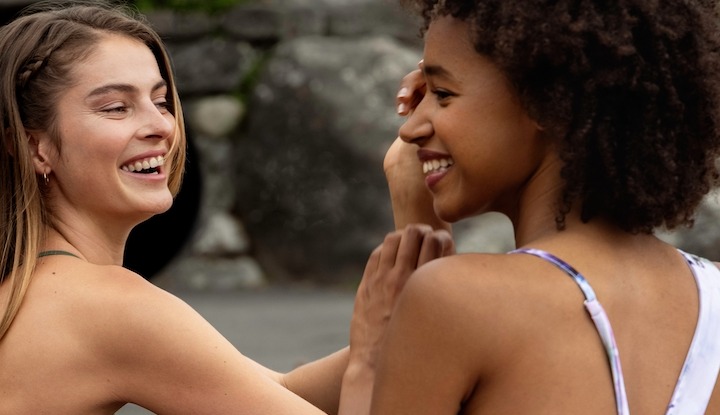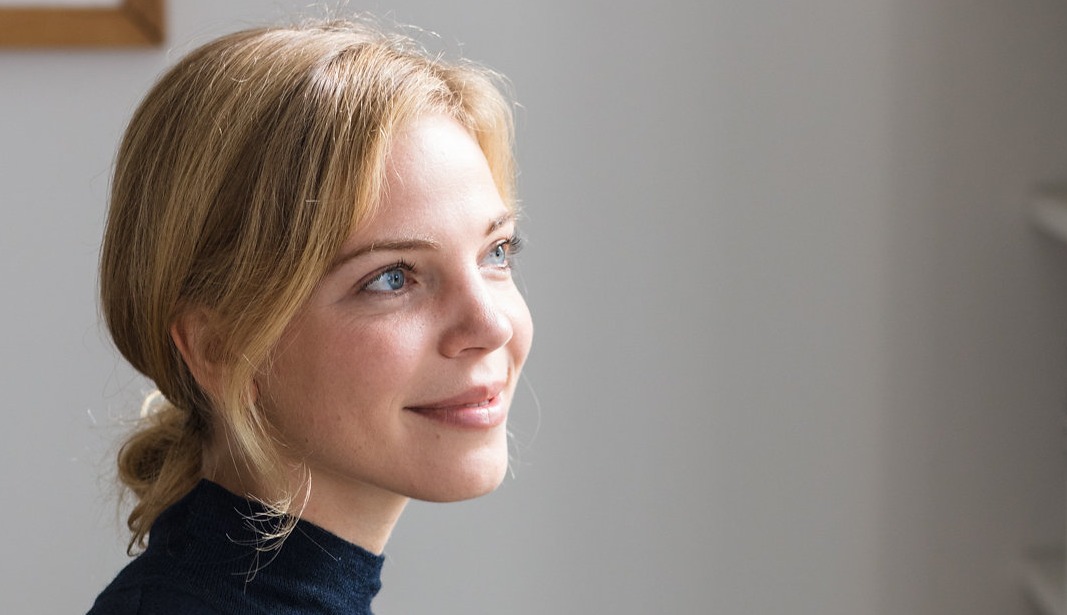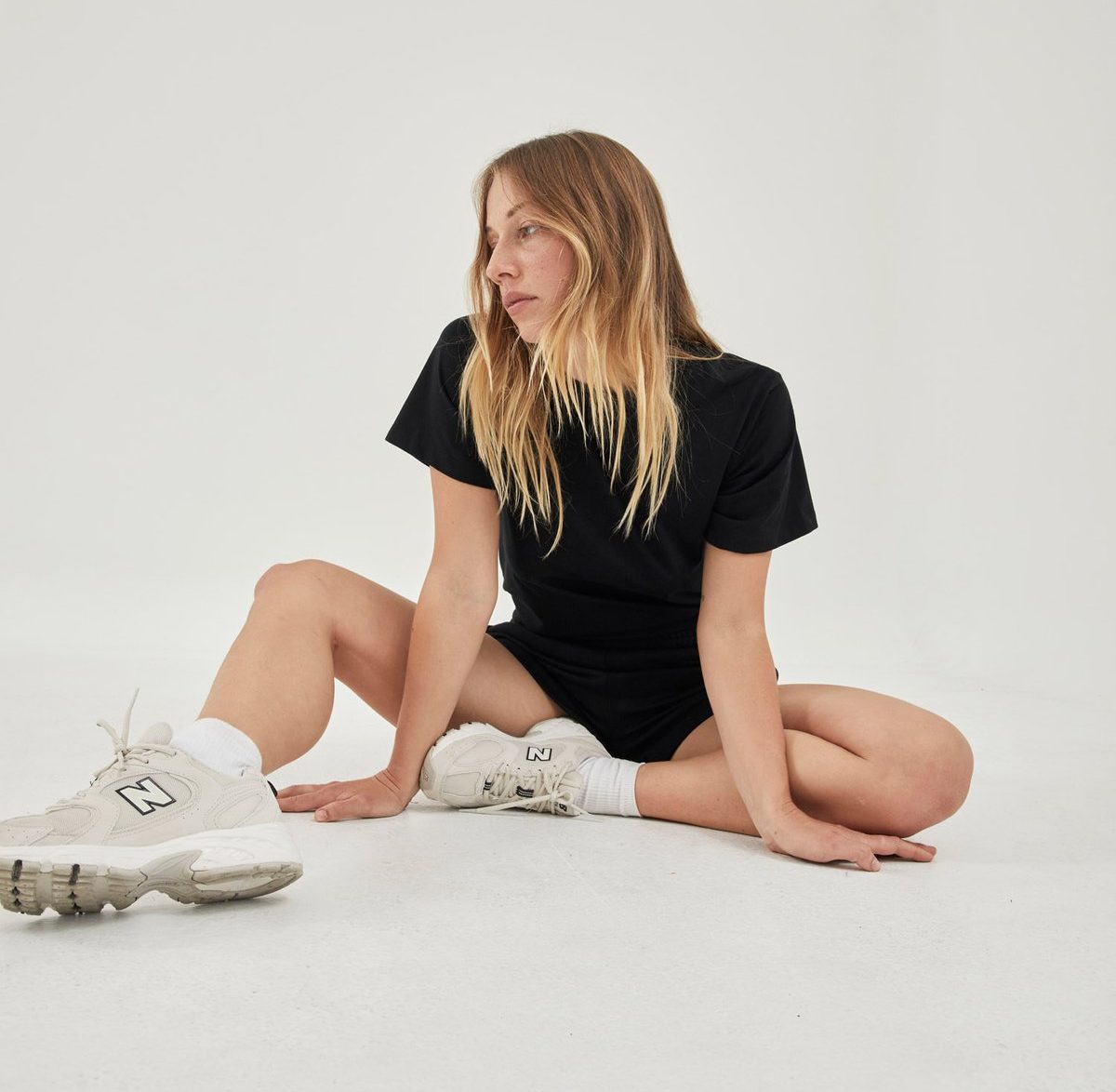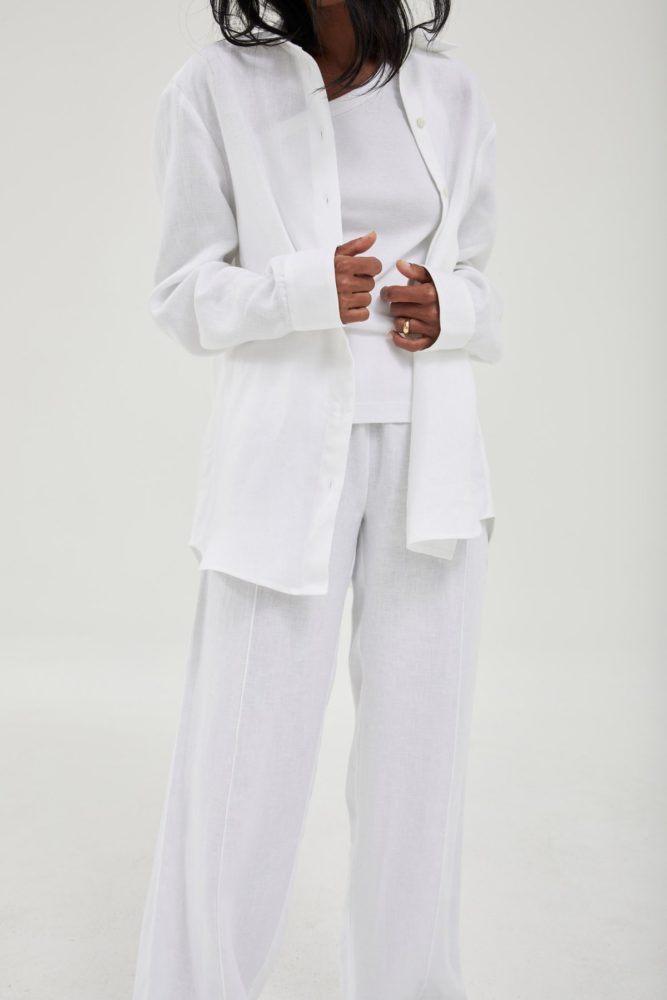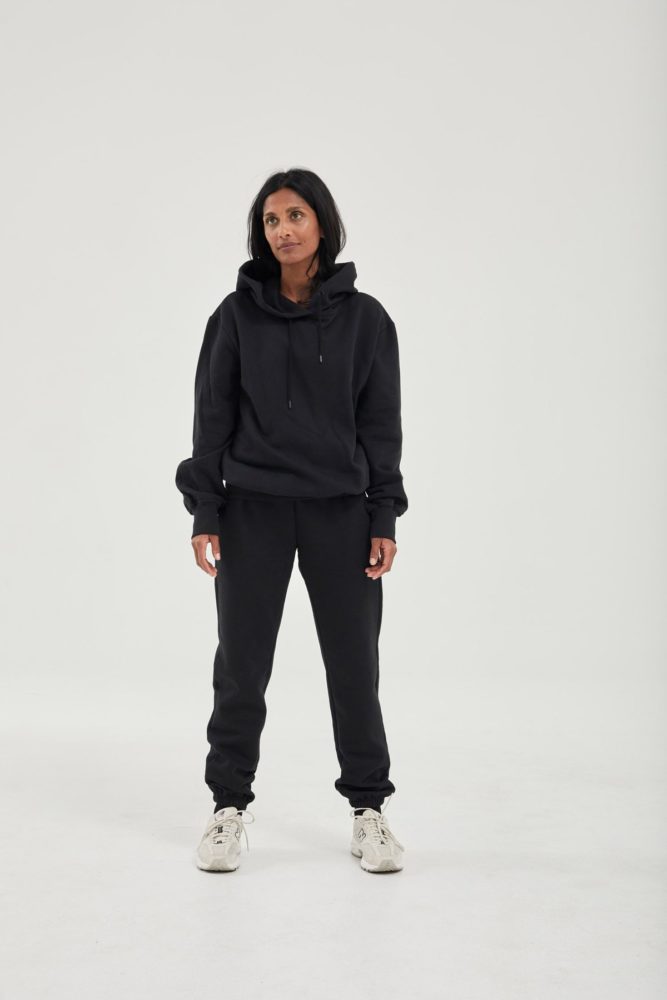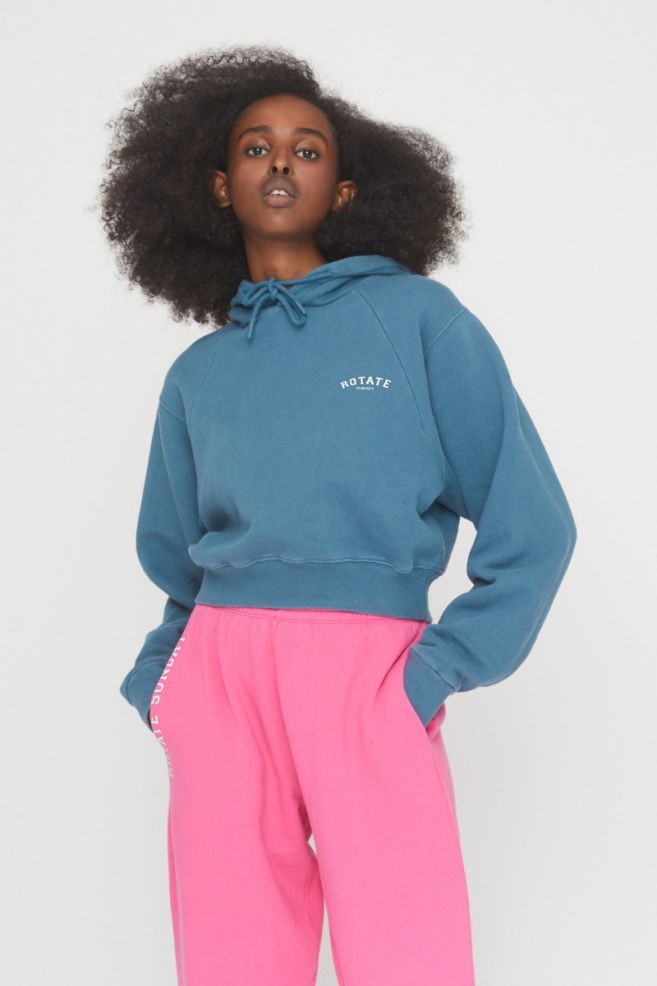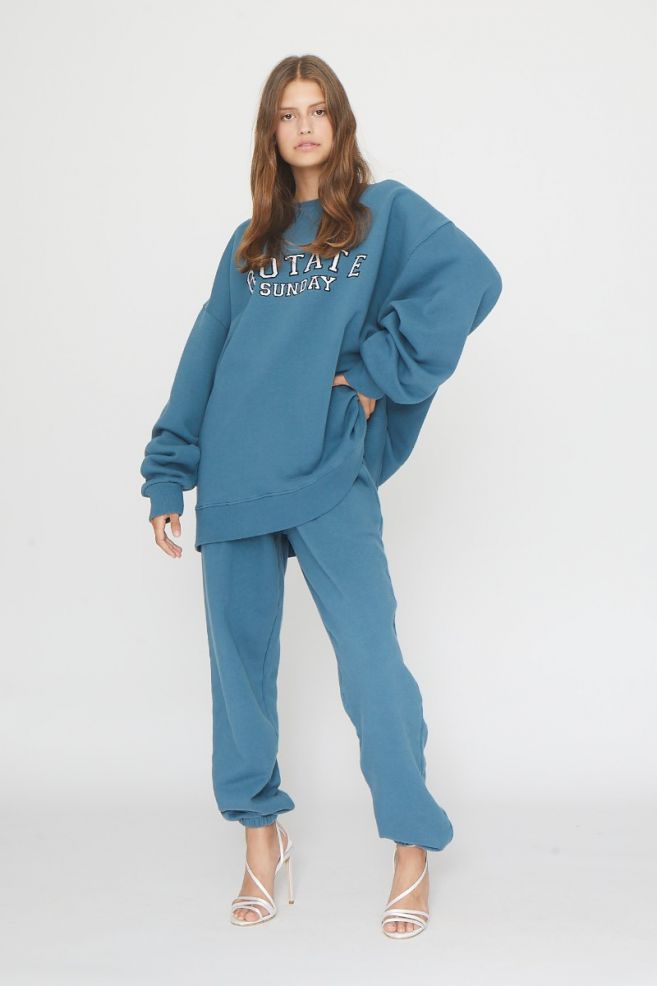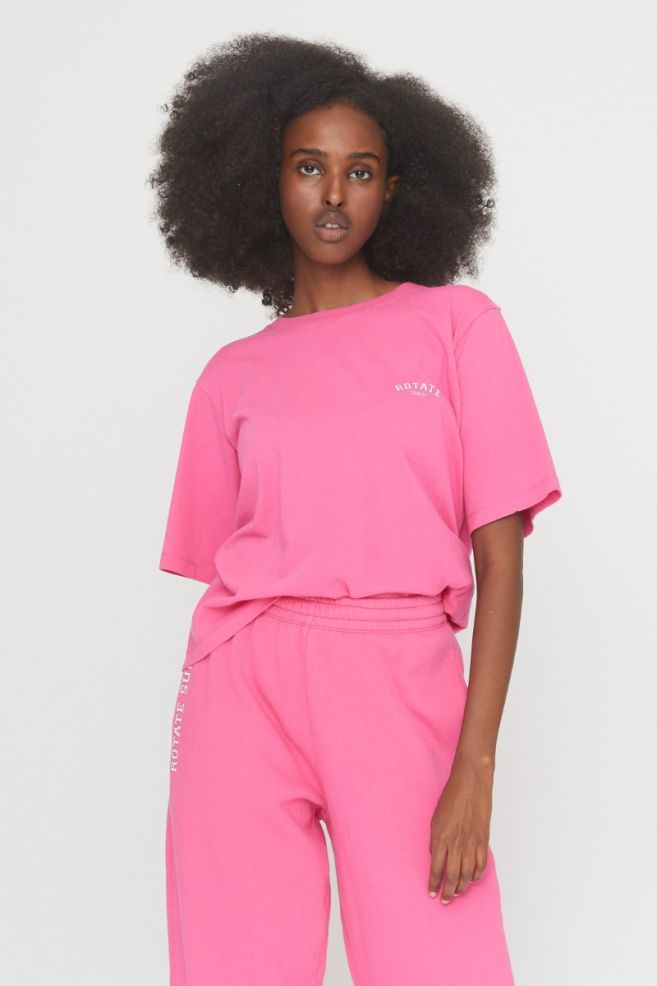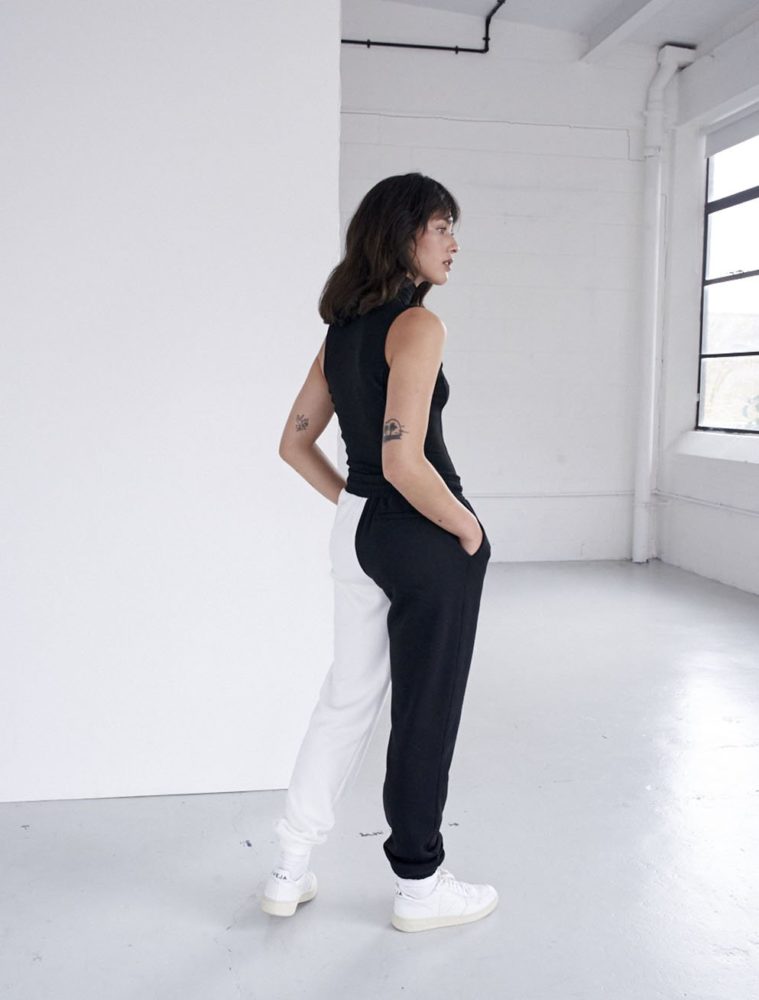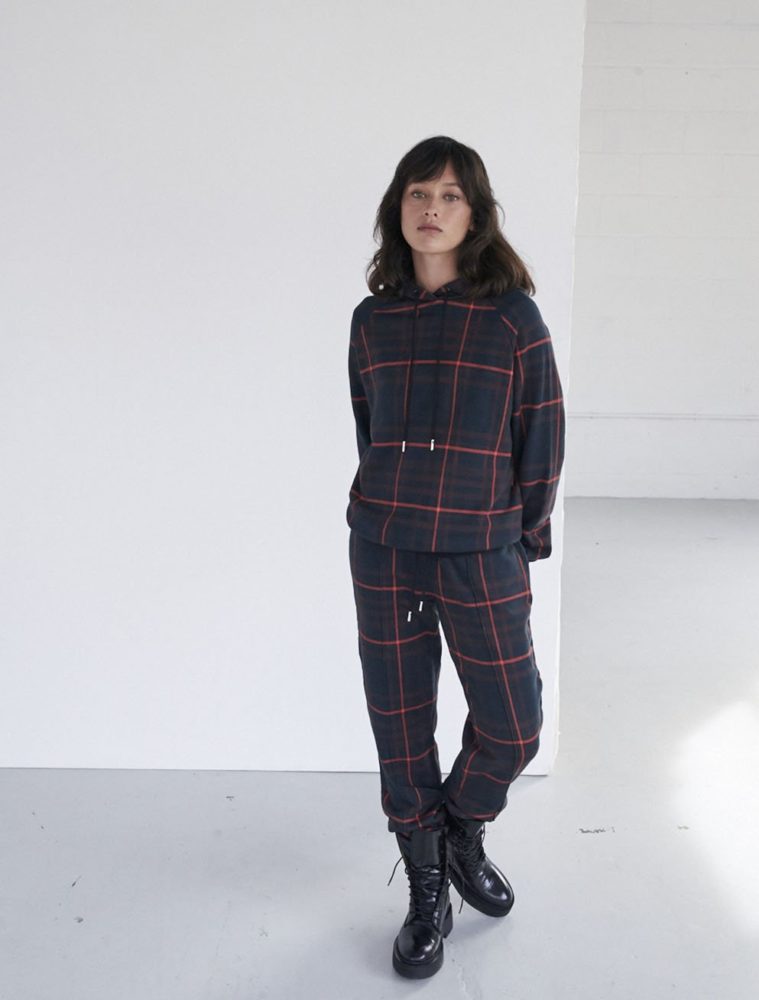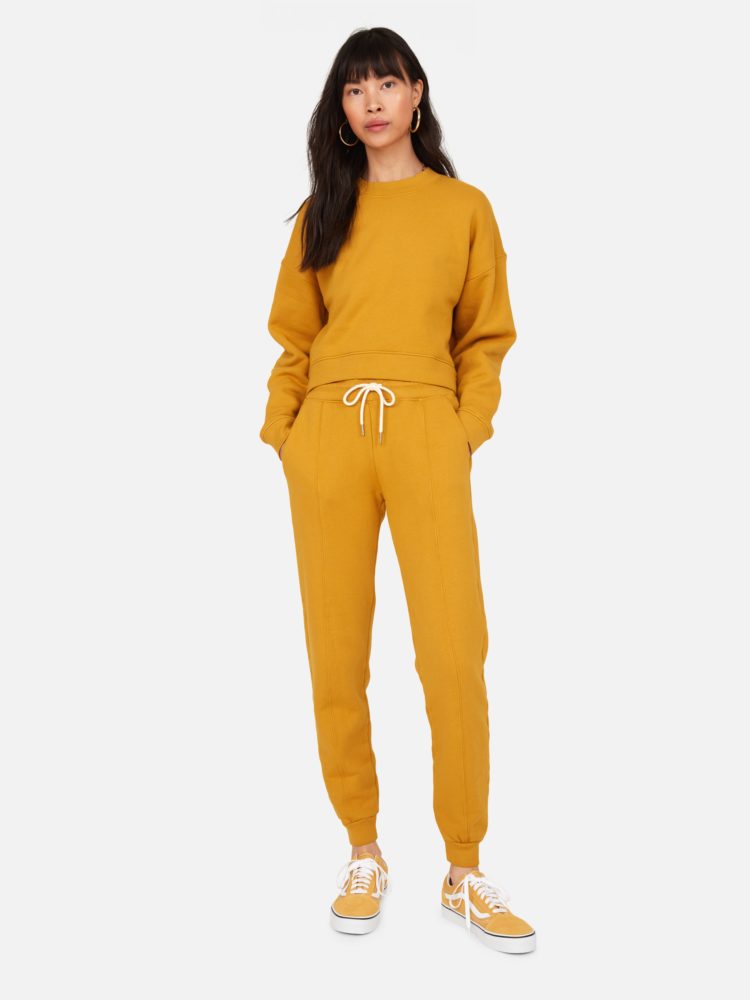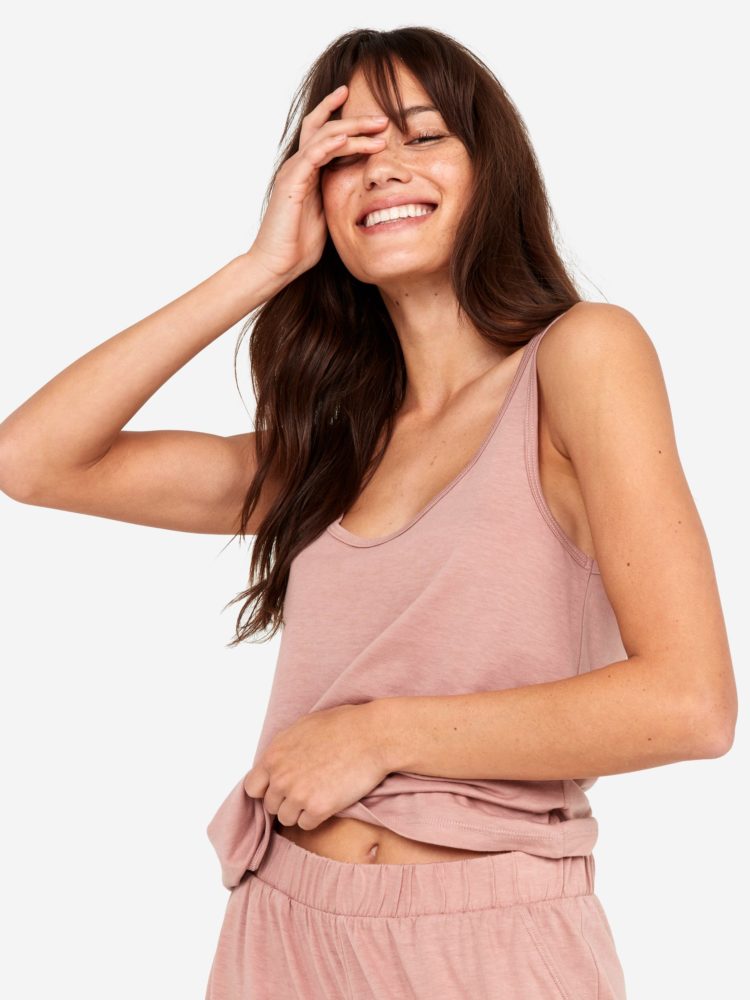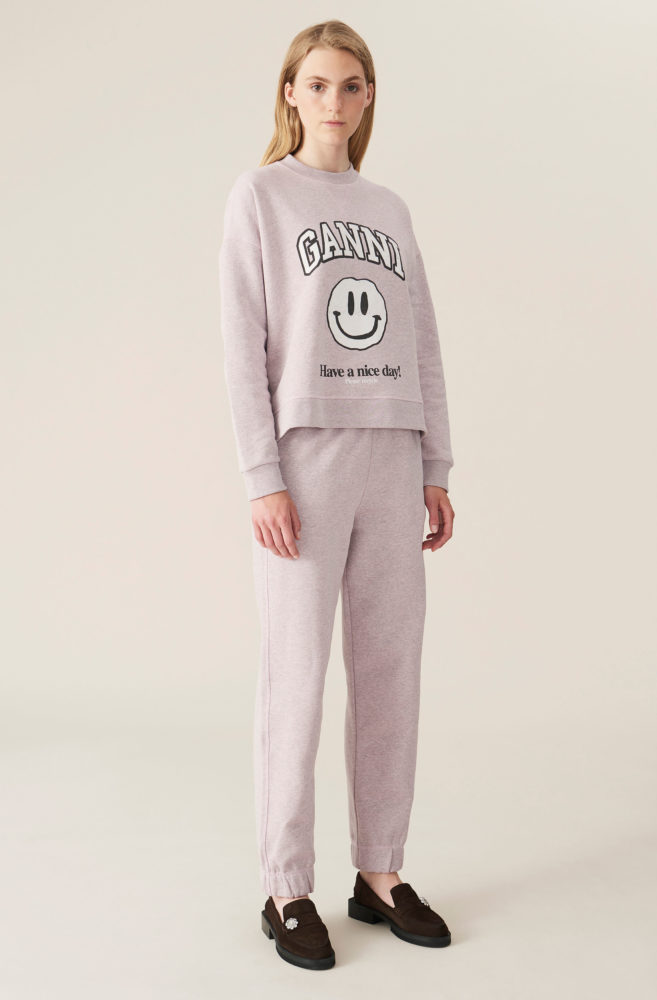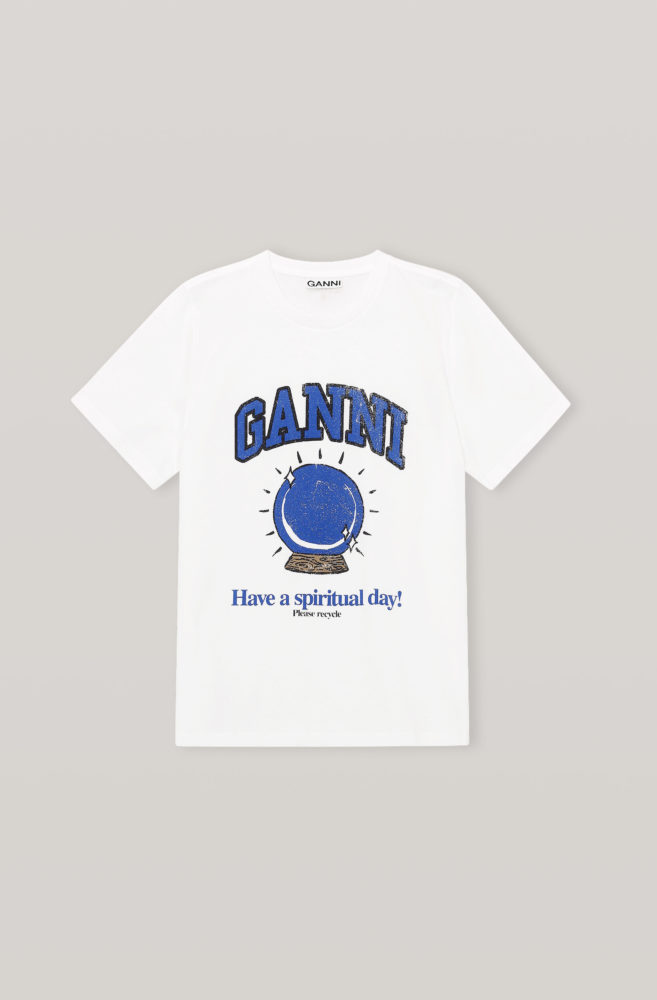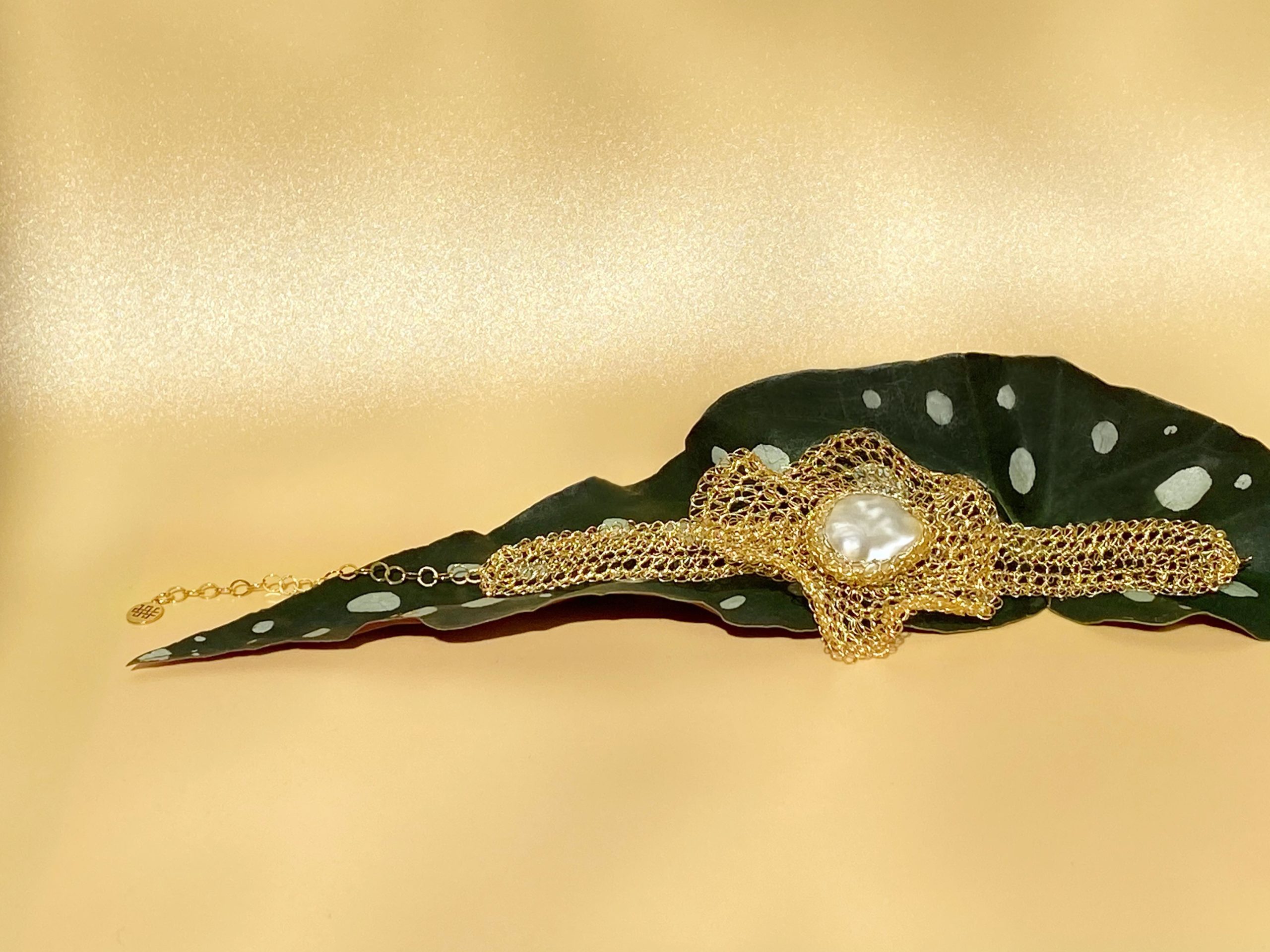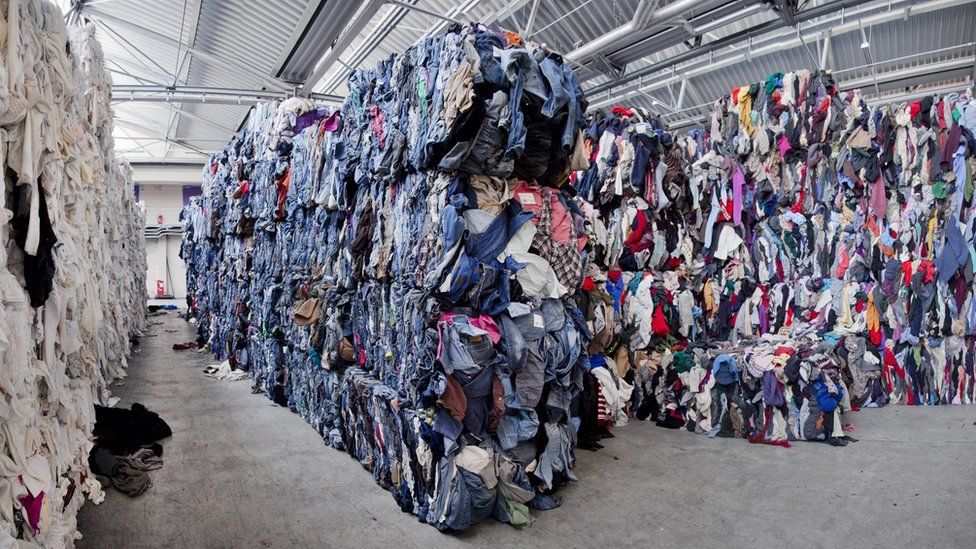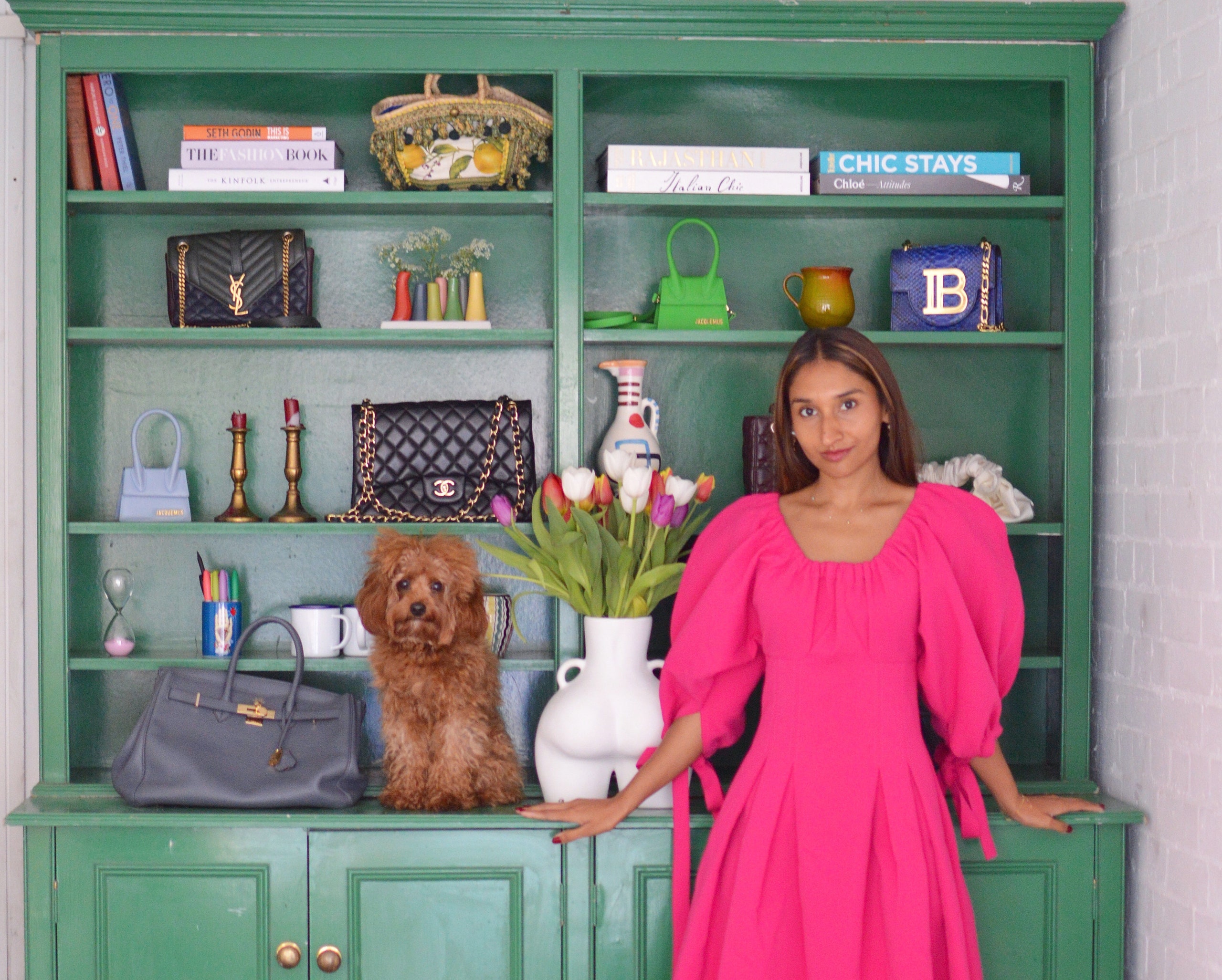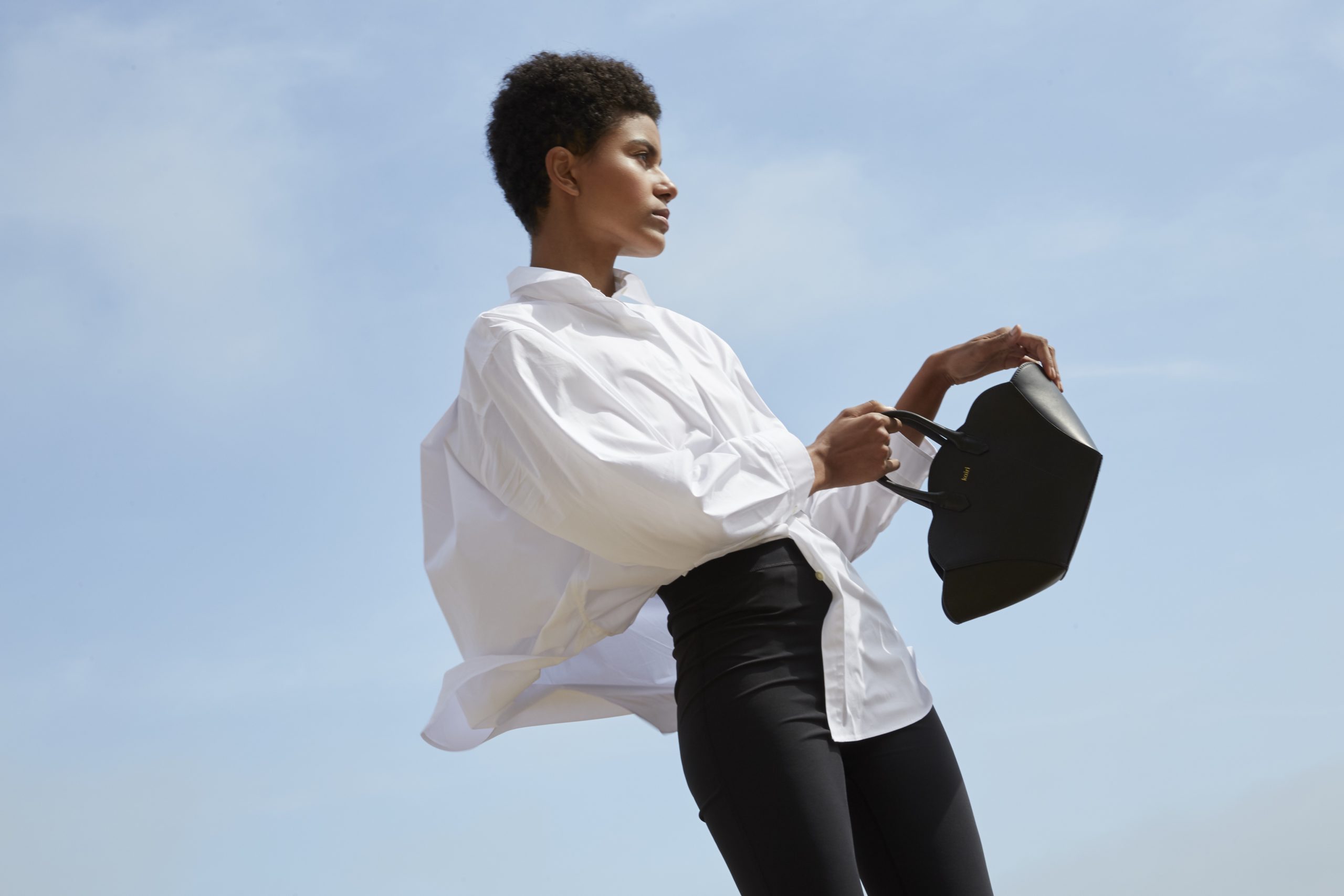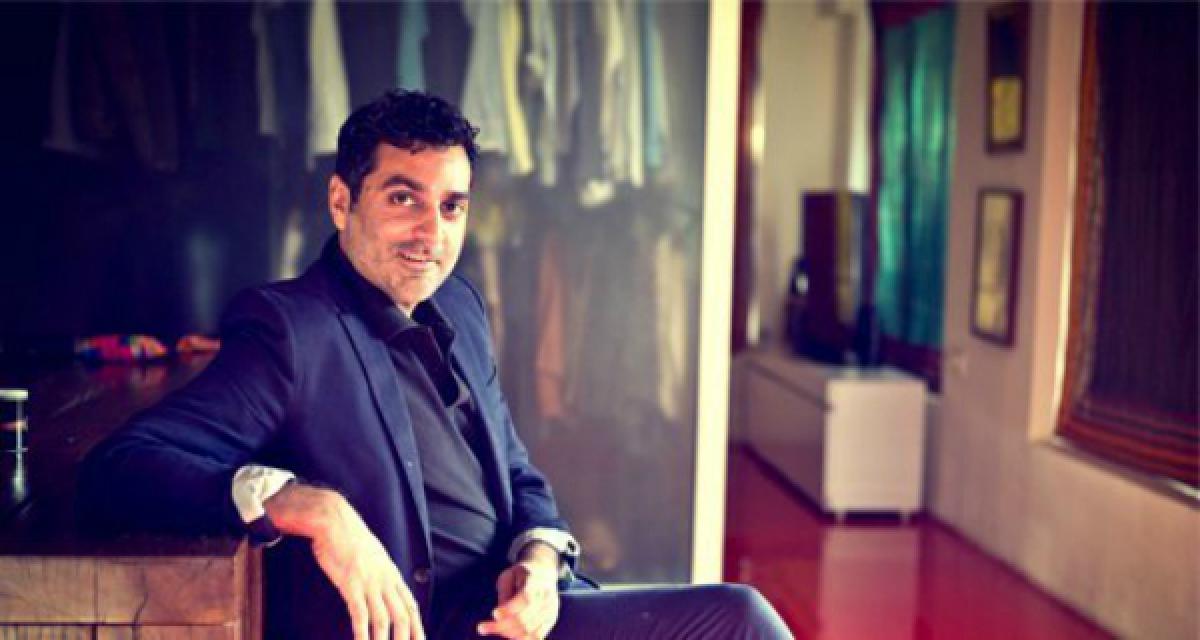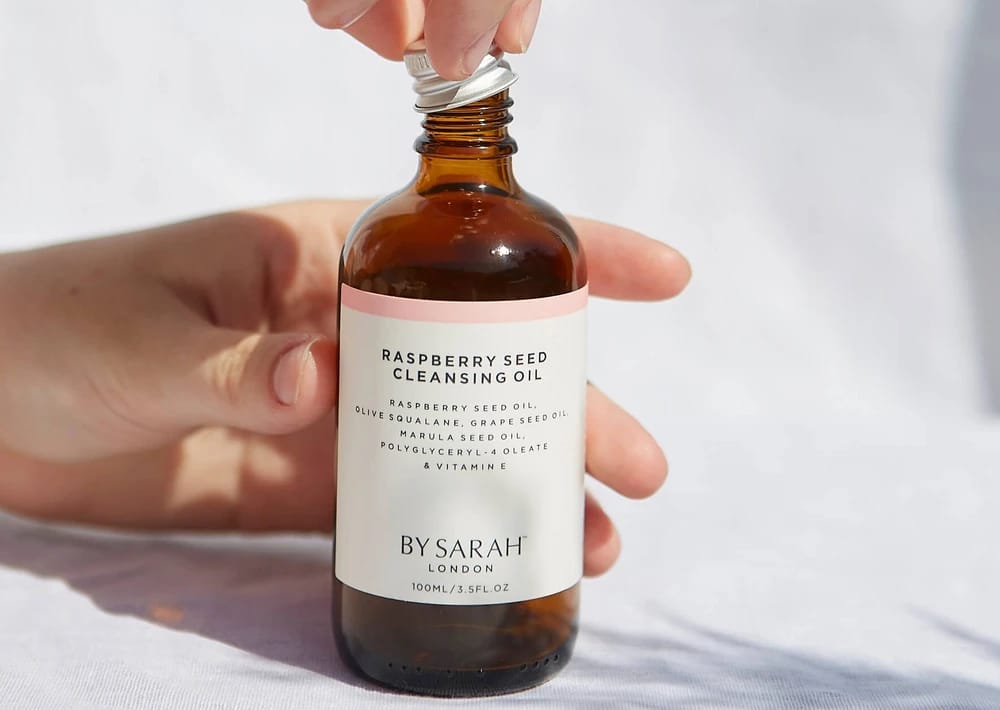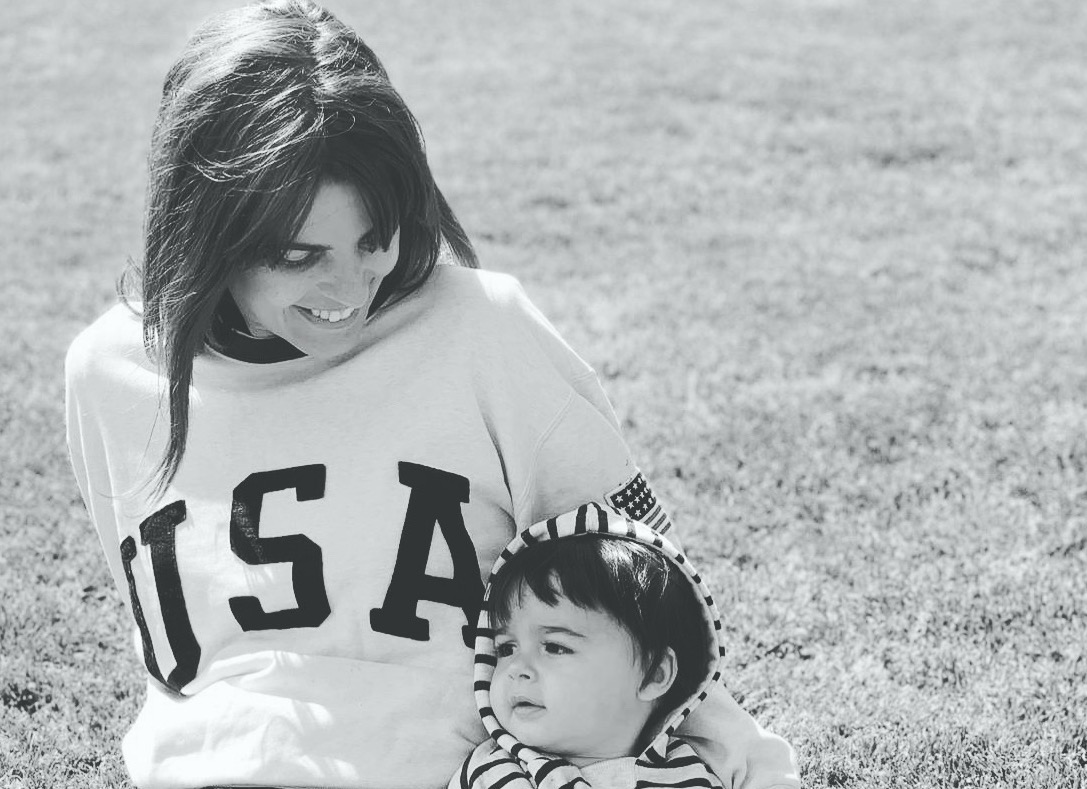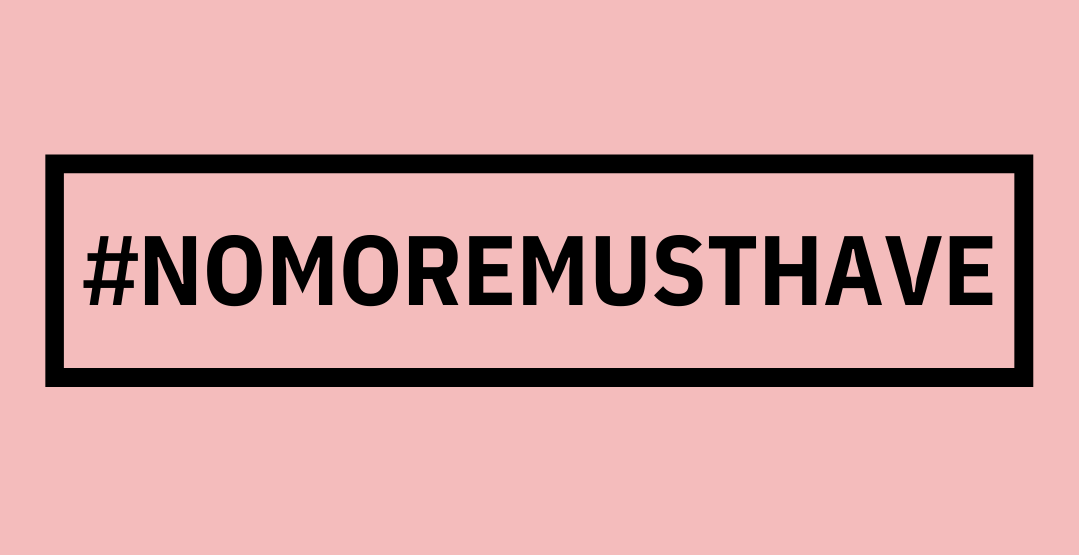
Looking back at the year in fashion, the pandemic threw into sharp relief what experts have said for years: the fashion machine is broken and in need of urgent fixing. Few issues touch every sector of the industry like carbon, making it one of the biggest talking points for consumers, the fashion media and brands alike. While this isn’t a particularly new conversation, there’s been a renewed sense of urgency that shows promising signs of long-lasting change on the horizon. From businesses analysing their operations, to technology that transforms old clothing into new, it’s going to take a lot to get fashion on track to reduce carbon emissions in line with the Paris Agreement.
We’ve known for a while that fashion is a significant contributor to carbon emissions — in 2015 polyester production alone was responsible for 700 million tonnes of CO2 and in 2016, projections under a “business as usual” scenario saw fashion on track to increase carbon emissions by 49% by 2030. Even with COVID thrown into the mix, it’s showing no signs of slowing down — while the industry needs to cut greenhouse gas emissions by 1.1 billion tonnes by 2030 to be in line with the Paris Agreement, in August McKinsey found that we’re actually on a trajectory to overshoot this target by almost twofold.
COVID, the Climate Crisis & Carbon
The mounting evidence of a link between the pandemic and the climate crisis has helped push forward the carbon agenda, believes Luke Gaydon, co-founder of Terra Neutra, a consultancy launched in 2019 that offers, among other things, carbon offsetting products. “It’s easy to look at bushfires in Australia and the Amazon or flooding in Bangladesh, and think it’s quite a long way away. But COVID is on our doorstep,” he says. “If you think about the news headlines, obviously COVID, the US elections and Brexit have dominated it, but the environmental agenda has still managed to stay at the forefront of media coverage in spite of all those things.”
While a growing media coverage has certainly helped raise awareness among a wider audience, it’s evident that education, particularly when it comes to fashion’s carbon footprint, is still lacking. “People are engaged with this as an idea, the notion of their own footprint, taking responsibility for it and working out how to reduce it, but a significant majority of people are still unaware of the extent to which their daily lives are carbonised,” says Gaydon. “Do they think that air travel produces harmful emissions? Yes, that’s a given. Do they make the connection between their carbon footprint and the shirt that they bought yesterday? No, the majority of people don’t, so there is still a big job to do just to raise people’s awareness of that basic fact.”
Considering 70% of greenhouse gas emissions are produced through the supply chain’s hidden activities like material production, preparation and processing, it’s no wonder that consumers don’t know the full extent of the issue. “There is a lot of nuance when it comes to fashion and sustainability,” says Pauline Op de Beeck, Fashion Sector Lead at the Carbon Trust, a sustainability consultancy that works with businesses, governments and organisations towards a low carbon future. “Arguably, it’s way too much information for a clothing tag, so that’s why there’s a lack of information.”
“I would like to see mandatory labeling of products to create that awareness of the link between something I buy and my carbon footprint. There’s nothing like putting a price on something for people to understand: there is a cost.”
At the start of the year, the Carbon Trust released a report in conjunction with fashion tech platform ORDRE that uncovered the carbon footprint of fashion weeks, finding that each year the industry emits 241,000 tonnes of carbon emissions from travel alone. While this is just a fraction of the problem, it proves a point. “That report speaks more to the structure of the industry, that it’s something to be questioned, rather than this being the biggest impact in the sector,” says Op de Beeck. “Fashion shows are a close to home example of how the entire system needs to be rethought.”
Nevermind getting consumers up to speed, fashion businesses themselves are only now starting to face their carbon footprint. “Until COVID, many brands probably didn’t think carbon was going to be important for them,” says Op de Beeck. “Two years ago, carbon was something only the very large businesses were leading on, but now it has really trickled down into all brands, and COVID has really made that difference.”
The trouble is, even for proactive businesses that want to reduce their carbon emissions, the process is time consuming, expensive and fraught with challenges. Genia Mineeva, who founded her accessories label BEEN London in 2018, has built a business that designs with zero waste, uses recycled materials, and is locally made in east London, a few suburbs away from their studio. Naturally, understanding the brand’s carbon footprint is an important part of the sustainability journey for Mineeva.
This desire to learn more led to a partnership with Terra Neutra, who spent several months this year performing a Life Cycle Assessment [LCA] of BEEN’s best selling Columbia bag, comparing its footprint to a high street equivalent bag. “Terra Neutra were looking for a brand that didn’t have anything to hide and we were looking for someone to do [an LCA] for us, because we wanted a tool that would allow us to do better,” explains Mineeva. “We ship everything by sea and we use only recycled materials, but what happens if we replace the recycled polyester lining with recycled cotton lining? What if we change our supplier from a Turkish to an Italian supplier? I wanted a tool to look at the bigger picture so we could see the red flags and go: this is the area of our supply chain where we really do better.” The results were impressive. While the initial estimate was that BEEN’s bag would have 1/3rd of the impact of a high street bag, final calculations found the reduction was actually 1/10th of the impact — it was 87% less environmentally damaging.
“The difference between buying one of our bags and buying the high street equivalent is the same as leaving the lights on for a year,” says Mineeva.“You would think that anyone would be interested in finding out their carbon footprint, turns out no! We knew most of the language and the concepts, but even then it was difficult. We had to convince our suppliers, one of them being one of the most celebrated sustainability leaders…it wasn’t easy, but it was 100% worth it.
BEEN London

What Comes Next? Legislation, Innovation & Ambition
Partnerships between small transparent businesses like BEEN London and Terra Neutra provide useful case studies, but to ensure scalable industry-wise change, there are a few things that need to happen, and fast.
For a start, legislation is urgently needed, says Gaydon. “The more that the fashion industry can align around a set of labels or accreditations, the better,” he says. “Having brands mark their own homework is not the way to go — not because I don’t trust them to do it properly — but because consumers won’t and then the integrity of the whole thing is thrown into question.” He’s right — a recent Compare Ethics report found that only 18% of UK shoppers trust a brand’s sustainability claims on face value. “This is not something we should be letting the free market decide,” continues Gaydon. “People say the markets will work it out, but I’m not willing to trust them to do it. I think the government has a critical role to play and it’s in regulation and legislation. I would like to see mandatory labeling of products to create that awareness of the link between something I buy and my carbon footprint. There’s nothing like putting a price on something for people to understand: there is a cost.”
Secondly, the industry must acknowledge that aiming for carbon neutrality, largely achieved by off-setting carbon emissions, is the bare-minimum requirement needed to mitigate fashion’s carbon footprint. “I see our responsibility to our customers is reducing first and offsetting second,” says Mineeva. “But you can’t reduce until you have a full knowledge of every move you make as a business. It’s all great to add an offsetting option, but that alone is not a solution.” Gaydon believes that reframing the conversation to focus on carbon positivity rather than neutrality is more aspirational. “Net zero is brilliant, carbon neutral is brilliant, balancing the books is brilliant,” he says. “But as a goal and challenge that everyone can get behind, neutral and net zero don’t get me energised and enthused. Whereas carbon positive — you’re actually doing that bit more.”
Op de Beeck believes there is value in both approaches, as part of a multifaceted solution to fixing the industry. “For me, the most important thing is not whether a company sets a carbon neutral target or a carbon positive target,” she says. “It’s actually, what is the level of ambition of the decarbonisation plan? Ultimately, if you’re not reducing your emissions in line with the Paris Agreement, then you’re not changing your business model, you’re just planting trees to keep your business model intact.”
COVID has exposed how fundamentally unbalanced and unfair the relationship between a brand and its suppliers and manufacturers can be. When the pandemic hit, many brands began holding and cancelling orders with their garment factories because their contracts gave them all the power and none of the responsibility of their supply chain. Not only did this create a humanitarian crisis, but at its core, it showed the complete lack of investment — both emotional and financial — that brands put into their supply chains.
Investing in supply chains would begin to solve multiple issues, including carbon emissions produced through the manufacturing process. “Fashion is set up with really short term contracts with suppliers, brands often go from supplier to supplier, so it’s very difficult to invest in them if you only work with them for one season,” says Op de Beeck. “I think the structural issues around buying need to change so that brands can see the long term benefit of helping their manufacturers switch to renewable energy or invest in energy efficient equipment, because that will eventually reduce the costs of manufacturing. But that’s a cost the manufacturer can’t afford to make because it never has any guarantee on its contracts.”
“Ultimately, if you’re not reducing your emissions in line with the Paris Agreement, then you’re not changing your business model, you’re just planting trees to keep your business model intact.”
In both the near and distant future, technological solutions to the carbon crisis are on the horizon. Terra Neutra, for one, is looking for a way to translate the carbon assessment they did for BEEN London into a wide scale tech offering. “At the moment, it’s effectively a consulting engagement driven by humans, so you have a scalability issue there,” says Gaydon. “But if we can find a way of really making it much more accessible and a lot less operationally intensive for the companies, essentially make it digital, then I think that could be transformative.”
Other tech innovations require a little more blue sky thinking. Take Recycling Revolution, co-funded by H&M and the Innovation and Technology Fund of Hong Kong. The project’s ambitious Green Machine, which will begin commercial operation in 2021, can separate cotton and polyester to create new cellulose fibres, which can then be spun into new garments. There is huge potential for this technology to change the way we buy and recycle clothing, says Op de Beeck. “If you had a personal carbon budget, then arguably you could buy a lump of material once and for the next 5 to 10 years change the design of that,” she says. “We’re talking high level concepts here, but it’s not to say that it’s not possible, it exists now but it just takes 5 hours to do.”
Whatever the solution, it’s going to take a multi-stakeholder approach to get fashion on track to reduce carbon emissions in line with the Paris Agreement. From businesses analysing and tweaking their operations, governments introducing legislation that keeps brands transparent, technology transforming old clothing into new, as well as consumers getting more savvy about our clothing, both small and large scale solutions are out there. “We’re very optimistic about what we can achieve,” says Gaydon. “We’re excited about the growing level of awareness and desire to take positive action, be that individual consumers, the corporate sector and government. Optimism is one of our company values, but I genuinely do feel like there is increasing momentum that keeps increasing behind this movement.”
H&M Recycling Revolution & Green Machine







